[식품저장학] 식품 저장 시 부패 미생물의 생육 저해방법에 대한 최근 동향
 등록일 / 수정일
등록일 / 수정일 페이지 / 형식
페이지 / 형식 자료평가
자료평가 구매가격
구매가격
- 2010.07.23 / 2019.12.24
- 25페이지 /
 docx (MS워드 2007이상)
docx (MS워드 2007이상) - 평가한 분이 없습니다. (구매금액의 3%지급)
- 1,800원
최대 20페이지까지 미리보기 서비스를 제공합니다.
자료평가하면 구매금액의 3%지급!
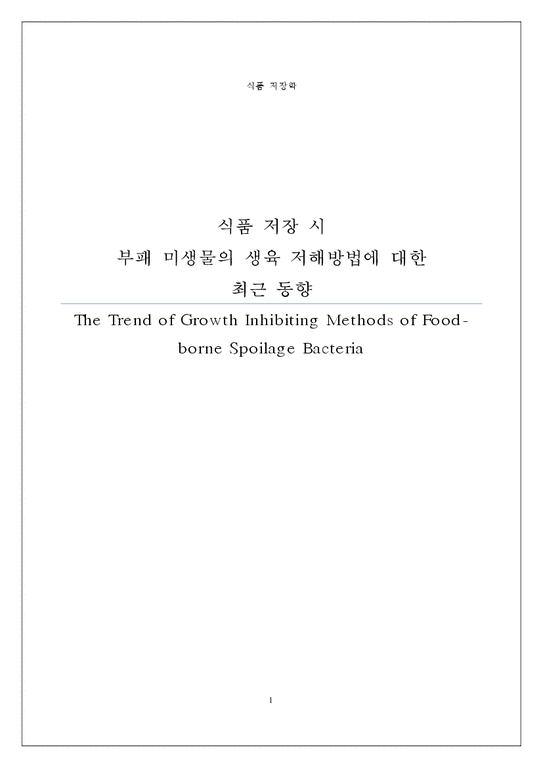 1
1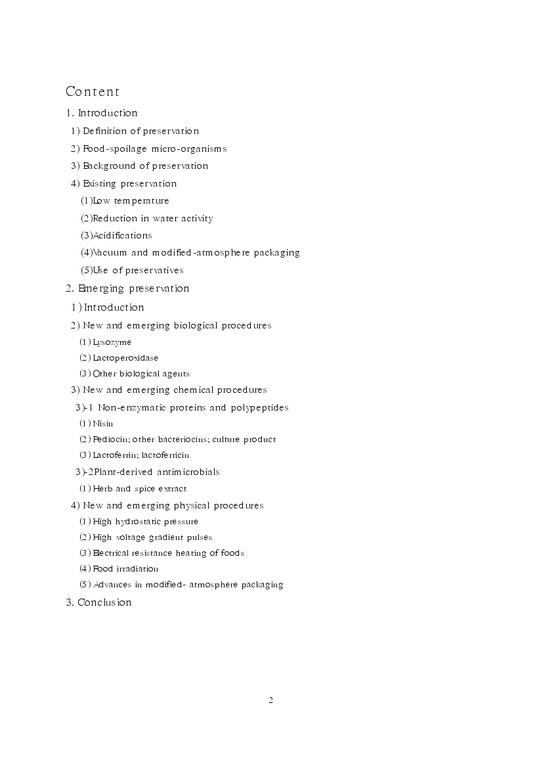 2
2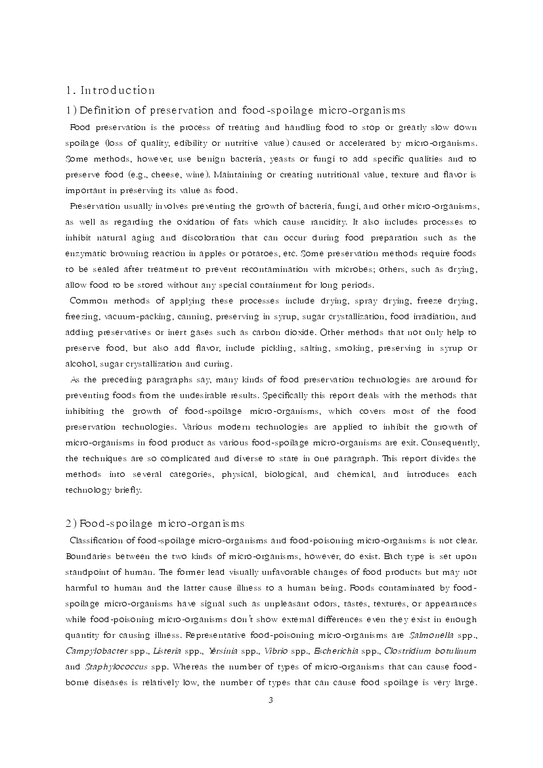 3
3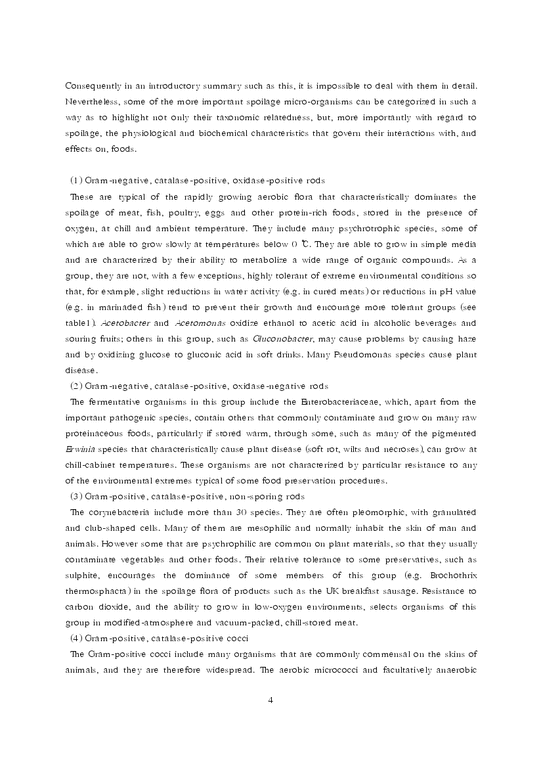 4
4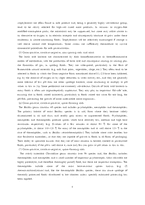 5
5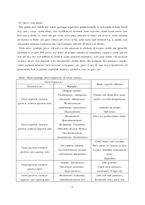 6
6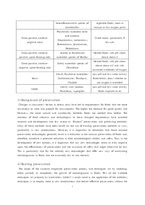 7
7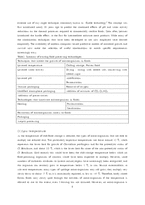 8
8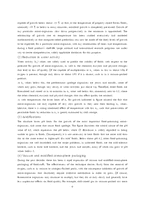 9
9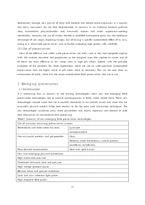 10
10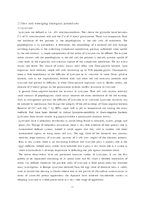 11
11 12
12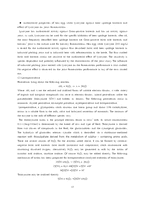 13
13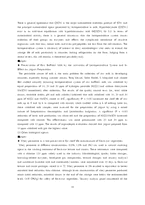 14
14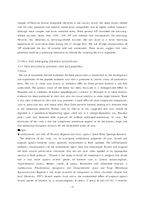 15
15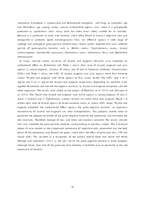 16
16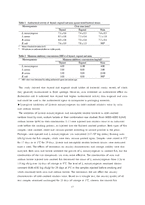 17
17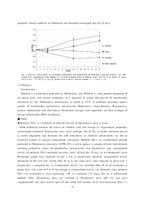 18
18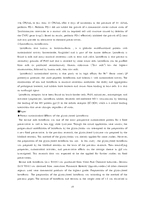 19
19 20
20
추천 연관자료
- 목차
-
Content
1. Introduction
1) Definition of preservation
2) Food-spoilage micro-organisms
3) Background of preservation
4) Existing preservation
(1)Low temperature
(2)Reduction in water activity
(3)Acidifications
(4)Vacuum and modified-atmosphere packaging
(5)Use of preservatives
2. Emerging preservation
1) Introduction
2) New and emerging biological procedures
(1) Lysozyme
(2) Lactoperoxidase
(3) Other biological agents
3) New and emerging chemical procedures
3)-1 Non-enzymatic proteins and polypeptides
(1) Nisin
(2) Pediocin; other bacteriocins; culture product
(3) Lactoferrin; lactoferricin
3)-2Plant-derived antimicrobials
(1) Herb and spice extract
4) New and emerging physical procedures
(1) High hydrostatic pressure
(2) High voltage gradient pulses
(3) Electrical resistance heating of foods
(4) Food irradiation
(5) Advances in modified- atmosphere packaging
3. Conclusion
- 본문내용
-
1. Introduction
1) Definition of preservation and food-spoilage micro-organisms
Food preservation is the process of treating and handling food to stop or greatly slow down spoilage (loss of quality, edibility or nutritive value) caused or accelerated by micro-organisms. Some methods, however, use benign bacteria, yeasts or fungi to add specific qualities and to preserve food (e.g., cheese, wine). Maintaining or creating nutritional value, texture and flavor is important in preserving its value as food.
Preservation usually involves preventing the growth of bacteria, fungi, and other micro-organisms, as well as regarding the oxidation of fats which cause rancidity. It also includes processes to inhibit natural aging and discoloration that can occur during food preparation such as the enzymatic browning reaction in apples or potatoes, etc. Some preservation methods require foods to be sealed after treatment to prevent recontamination with microbes; others, such as drying, allow food to be stored without any special containment for long periods.
Common methods of applying these processes include drying, spray drying, freeze drying, freezing, vacuum-packing, canning, preserving in syrup, sugar crystallization, food irradiation, and adding preservatives or inert gases such as carbon dioxide. Other methods that not only help to preserve food, but also add flavor, include pickling, salting, smoking, preserving in syrup or alcohol, sugar crystallization and curing.
As the preceding paragraphs say, many kinds of food preservation technologies are around for preventing foods from the undesirable results. Specifically this report deals with the methods that inhibiting the growth of food-spoilage micro-organisms, which covers most of the food preservation technologies. Various modern technologies are applied to inhibit the growth of micro-organisms in food product as various food-spoilage micro-organisms are exit. Consequently, the techniques are so complicated and diverse to state in one paragraph. This report divides the methods into several categories, physical, biological, and chemical, and introduces each technology briefly.
- 참고문헌
-
1. A. Nykänen, , K. Weckman and A. Lapveteläinen, 2000, Synergistic inhibition of Listeria monocytogenes on cold-smoked rainbow trout by nisin and sodium lactate
2. Frank Devlieghere*, Lieve Vermeiren, Johan Debevere, 2003, New preservation technologies: Possibilities and limitations
3. P. Michael Davidson and Mark A. Harrison,2002,Resistance and Adaptation to Food Antimicrobials, Sanitizers, and Other Process Controls
4. Kanta Sakamotoa,b,*, Wil N. Koningsb,2003, Beer spoilage bacteria and hop resistance
5. Food Preservation - Scientific Principles, Historical Methods Of Preservation, Thermal Processes, Packaging, Chemical Additives, Irradiation
6. Piotr P. Lewicki*,2006, Design of hot air drying for better foods
7. ERIK STRANDBERG,1 ANNE S. ULRICH1,2,2004, NMR Methods for Studying Membrane-Active Antimicrobial Peptides
8. Panitee Tippayatum1 and Vanee Chonhenchob2*,2007, Antibacterial Activities of Thymol, Eugenol and Nisin Against Some
9. Mi-Youn Lim, Ju-Hyun Jeon, Eun-Young Jeong, Chi-Hoon Lee, Hoi-Seon Lee *,2005, Antimicrobial activity of 5-hydroxy-1,4-naphthoquinone isolated from Caesalpinia sappan toward intestinal bacteria
10. Hui-Yin Chen a, Yuh-Charn Lin b, Chiu-Lan Hsieh c,*2007, Evaluation of antioxidant activity of aqueous extract of some selected nutraceutical herbs
11. Hyun Young Kil a,1, Eun Soo Seong a,1, Bimal Kumar Ghimire b,1, Ill-Min Chung b,1, Soon Sung Kwon a, Eun Jeong Goh a, Kweon Heo c, Myong Jo Kim a, Jung Dae Lim d, Dokyoung Lee e, Chang Yeon Yu a,*2009, Antioxidant and antimicrobial activities of crude sorghum extract
12. K.W. KIM , M. DAESCHEL, and Y. ZHAO, 2008, Edible Coatings for Enhancing Microbial Safety and Extending Shelf Life of Hard-Boiled Eggs
13. Yun Cai Gao, Guopeng Zhang, Sheri Krentz, Sue Darius, Jennifer Power, Gilles, Lagarde, 2008, Inhibition of spoilage lactic acid bacteria by lysozyme during wine alcoholic fermentation
14. Laboratoiy of Biochemistry and Brewing, Hogeschool Gent, Member of Gheni University Association, 2007, Antibacterial properties of hen egg white lysozyme against beerspoilage bacteria and effect of lysozyme on yeast fermentation
15. Klaas D. Kussendragera1 c1 and A. C. M. van Hooijdonka1, Lactoperoxidase: physico-chemical properties, occurrence, mechanism of action and applications
16. Tariq Masud, Sadia Khalid, S. Maqsood and Ahmed Bial, 2009, Preservation of Raw Buffalo’s Milk by the Activation of Lactoperoxidase System and Its Effect on yogurt Preperation
17. A.B. Martin-Diana, D. Rico, J. Frias, J. Mulcahy, G.T.M. Henehan and C. Barry-Ryan , 2005, Whey permeate as a bio-preservative for shelf life maintenance of fresh-cut vegetables
18. Rolene Bauer, Hannes A. Nel, and Leon M.T. Dicks, 2003, Pediocin PD-1 as a Method to Control Growth of Oenococcus oeni in Wine
19. A. Amanatidou1, O. Schlüterb, K. Lemkaub, L. G. M. Gorris, E. J. Smida and D. Knorr, 2000, Effect of combined application of high pressure treatment and modified atmospheres on the shelf life of fresh Atlantic salmon
20. Robert C. Soliva-Fortuny, Pedro Elez-Martínez and Olga Martín-Belloso, 2004, Microbiological and biochemical stability of fresh-cut apples preserved by modified atmosphere packaging
21. K.P. Koutsoumanisa, A.P. Stamatioub, E.H. Drosinosc, and G.-J.E. Nychas, 2008, Control of spoilage microorganisms in minced pork by a self-developed modified atmosphere induced by the respiratory activity of meat microflora
22. N.J. Russel. G.W. Gould, Food preservatives, Blackie
23. 하상도, 박지용, 식품위생물의 제어법 연구동향
24. 박현진, 이철호, 2008, 식품저장학, 고려대학교출판부
25. Gustavo V. Barbosa-Canovas, Grahame W. Gould, Innovations in Food Processing, CRC PRESS
26. G. W. Gould, New methods of food preservation, Blackie academic & professional
27. M.WALKLING-RIBEIRO, F. NOCI, D.A. CRONIN, J.G. LYNG, AND D.J.MORGAN, Inactivation of Escherichia coli in a Tropical Fruit Smoothie by a Combination of Heat
and Pulsed Electric Fields, JFS M: Food Microbiology and Safety
자료평가
-
아직 평가한 내용이 없습니다.
오늘 본 자료
더보기

최근 판매 자료
- [도로교통] 도로 폭에 따른 구간 내 LOS 분석
- [나노기술]나노기술의 정의와 응용분야 및 발전방향(A+레포트)★★★★★
- [도로교통] 도로 폭에 따른 구간 내 LOS 분석
- 디지털 회로 실험 및 설계 - ADC(Analog to Digital Converter) 실험 1
- [창의공학] 계단 오르는 유모차 문제점 및 해결방안
- 모발 염색의 종류와 원리
- [조경실무]조경실무 - 도시경관의 문제점과 발전방향
- 바이오인포매틱스(생물정보학)개념, 바이오인포매틱스(생물정보학)정보과학적기법, 바이오인포매틱스(생물정보학)현황, 바이오인포매틱스 과제
- [생물학] 유전자와 돌연변이
- 회로이론1 이정훈 년도 표기
저작권 관련 사항 정보 및 게시물 내용의 진실성에 대하여 레포트샵은 보증하지 아니하며, 해당 정보 및 게시물의 저작권과 기타 법적 책임은 자료 등록자에게 있습니다. 위 정보 및 게시물 내용의 불법적 이용, 무단 전재·배포는 금지됩니다. 저작권침해, 명예훼손 등 분쟁요소 발견시 고객센터에 신고해 주시기 바랍니다.









